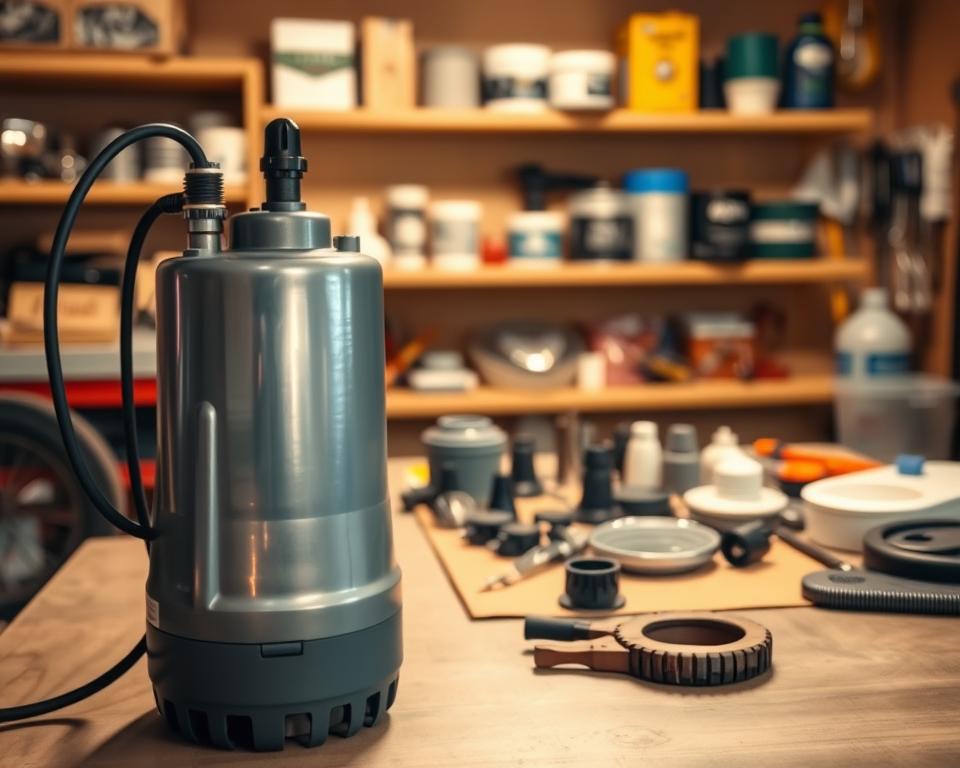RV Sewage Tank Pumping: Key Upkeep Guidelines
Consider the consequences of neglecting your RV’s septic system. A lot of motorhome owners dread tank emptying. Yet, realizing the importance of these maintenance practices is vital. These steps preserve your camping joy and avoid expensive repairs. Mastering correct waste handling is fundamental to your system’s longevity. Here are key pointers on RV septic pumping near me with upkeep advice to ensure your system operates flawlessly.
The Basics of Your RV Sewage System
All RVs come with a built-in waste management system. The system comprises a black water tank (toilet), a gray water tank (sinks/showers), and a fresh water tank. Grasping how each part works is key to proper black tank servicing and overall system care.
Drains and vents manage liquid and air movement throughout the system. A good grasp prevents clogs and nasty odors. This knowledge ensures hassle-free trips and reliable waste handling.
Maintaining clear, working tanks requires routine effort. Monitoring fill levels and dumping when needed keeps odors at bay. Proper upkeep extends tank life and enhances every journey.
The Value of Consistent Septic Maintenance
Routine sewage draining preserves functionality and hygiene. Leftover solids lead to smells and clogs, spoiling your trip. Overfilled tanks risk ugly overflows. Such mishaps kill the fun on the road.
Neglecting tank emptying invites expensive fixes. Damage from neglect can shorten component lifespan. Timely emptying keeps your plumbing running smoothly. It prevents unwelcome surprises and roadside emergencies.
Staying on top of maintenance wards off backups. Investing in pump-outs shows you care about your RV. Your trips become more relaxing. By sticking to a dump schedule, you’ll relish the outdoors worry-free.
How Often Should You Pump Your RV Septic Tank?
Timing your tank dumps depends on several variables. Generally, dump every 3–5 days when in use. However, it shifts based on tank volume and number of users. Pinpointing the correct dump time is key for effective wastewater management.
Empty once the black tank reaches roughly 66% full. This prevents solids from clogging and keeps flow steady. Skipping this leads to blockages and smells that spoil the trip.
Many elements can affect how often you pump:
- Number of people on board
- Length of stay
- Type of waste generated
- Tank capacity
Scheduling prevents on-the-road crises. Remember portable toilet service schedules. Tracking your usage helps forecast dump needs.
| Usage Scenario | Pumping Frequency |
|---|---|
| Short Trip, Two Campers | Every 3–4 days |
| Long Stay, Four to Six Occupants | Every 2–3 days |
| Seasonal Living (2–4 people) | Weekly or Bi-Weekly |
Keep a close eye on tank levels and your habits. This proactive stance ensures enjoyable travel.

Top Methods for Emptying Your Tanks
Correct dumping preserves system health and prevents issues. Begin with the black tank to avoid cross-contamination. This prevents dirty water from fouling the clean.
A sturdy sewer hose reduces spill chances and aids flow. Tighten connections to stop spills. After emptying, flush the black tank with plenty of water. This removes residue and preps the tank for next time.
Know where dump stations are located. Being prepared saves time on the road.
In short, follow these key steps for efficient dumping:
- Empty the black water tank first.
- Use a top-quality sewer hose.
- Flush the black tank thoroughly after emptying.
- Plan your dump station locations.
These tips refine your waste disposal process.
Proper Use and Maintenance of Your RV Tanks
Grasping correct handling of black and gray tanks ensures system health. Keep some water in the black tank for better breakdown.
Don’t flush wipes, feminine products, or paper towels. Always use RV-safe toilet paper to prevent clogs. Inspect tanks often to catch problems early.
Adding treatments now and then improves septic service. These products balance enzymes and bacteria for efficient decomposition. Simple steps ensure smooth tank operation.
- Check for leaks and damage often.
- Apply RV-specific chemical treatments.
- Keep vents clear to avoid odors.
Following these rules protects your septic setup. You’ll enjoy more worry-free trips.
RV Septic Tank Pumping: Key Tips for Success
To pump your tank effectively, follow a methodical approach. It’s essential to use designated dump stations. Understanding volume limits prevents spills on the go.
Monitoring levels guides your dump schedule. Routine scheduling preserves your septic system and travel enjoyment. A planned maintenance routine keeps everything running smoothly.
Rinse tanks thoroughly post-dump. This clears residue for more efficient future pump-outs. Such tactics keep your rig in top shape and improve your travel experiences.
Typical RV Septic Pitfalls
Upkeep prevents trip interruptions. Not using enough water in the black tank leads to buildup. Adequate water use breaks down solids efficiently.
Wrong flushables cause havoc—never flush wipes or towels. Only biodegradable RV-safe items belong in the black tank. Such mistakes can damage plumbing and inflate repair bills.
Keep the black tank valve closed until ready to dump. Premature opening prevents a full flush. Only open when ready to empty for a complete clean.
Awareness of these errors boosts system longevity. Steering clear of these mistakes ensures durable performance.
When to Seek Professional Septic Services
Knowing when to hire pros preserves system health. Persistent odors often indicate complex issues. Slow drains point to potential clogs or buildup.
Waste spillage near dump sites signals trouble. Such situations usually need high-pressure cleaning. Pros blast away blockages to restore smooth flow.
Regular expert check-ups safeguard tank health. Acting on findings quickly prevents bigger problems. Professional service ensures proper functionality.
Long-Term Maintenance for Your RV Wastewater Management
Smart upkeep ensures lasting system performance. Scheduled dumps preserve longevity and operation. Flushing often prevents buildup and costly repairs.
Adopting sanitation routines protects your system. Inspecting connections stops leaks before they spread. Choosing eco-friendly treatments avoids damage.
Keep these habits in mind:
- Stick to a pump-out timetable.
- Rinse often to remove solids.
- Sanitize twice a year.
- Inspect parts frequently for wear and tear.
Investing in prevention brings peace of mind. Through consistent upkeep, you’ll enjoy travel free from waste worries.
Bringing It All Together
Effective RV septic maintenance is crucial for a pleasant experience. Understanding operation and following guidelines prevents headaches. Regular black tank maintenance improves efficiency. It enhances every mile.
Consistent inspections and care deliver trouble-free trips. Dependable sewage service backs every adventure. These routines prime your rig for future rides. So you can focus on making memories, not dealing with tanks.

